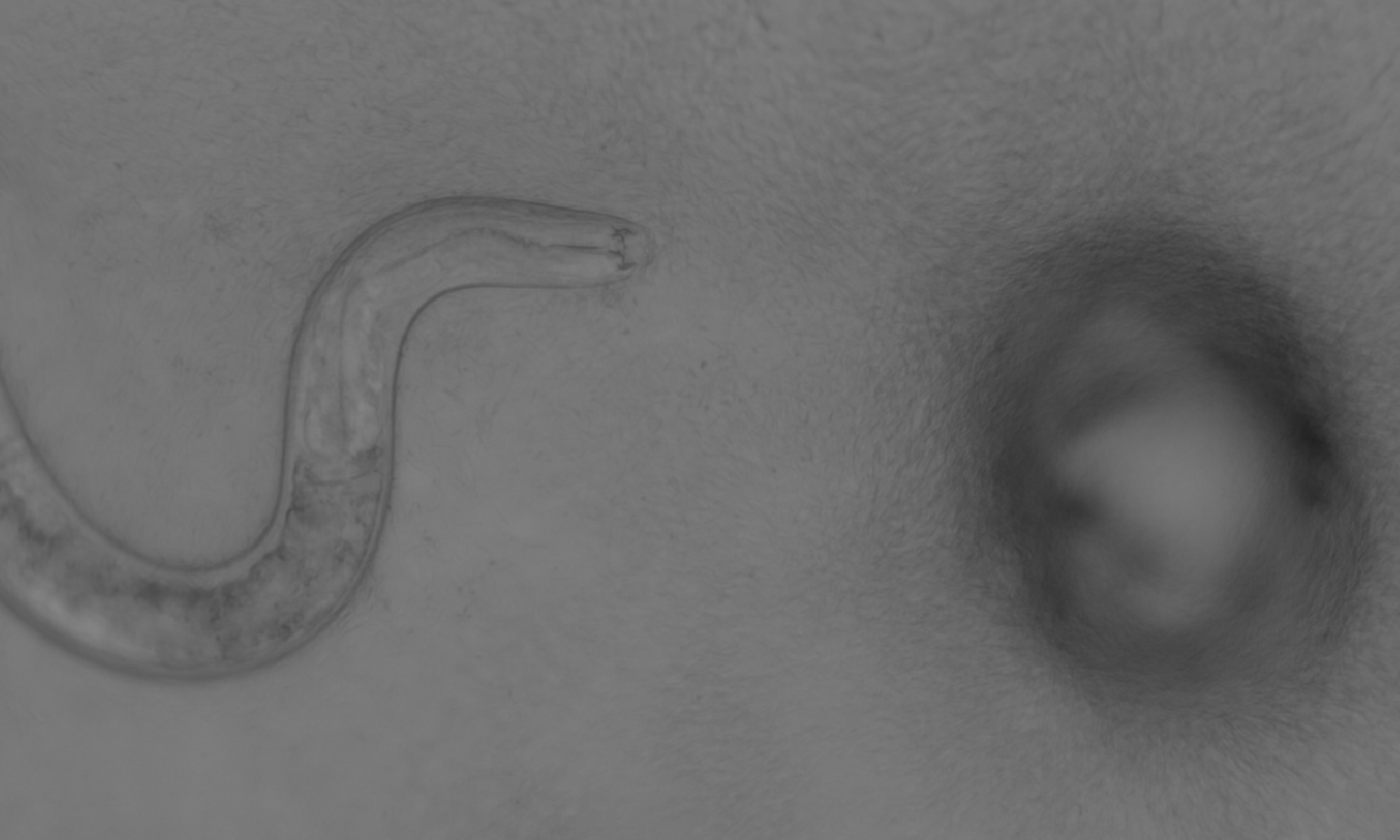(2013 – 2014) Bachelor thesis: “Adapting to Climate Change: Emiliania huxleyi in a fluctuating ocean.” Alterations in the earth’s climate caused by increasing carbon dioxide emissions are having and will continue to have an important effect on the evolution of life on Earth. Increased levels of atmospheric CO2 cause more CO2 to dissolve in the oceans, making the ocean water more acidic and altering the environment for many marine organisms. Quantifying the ability of the ocean to sequester carbon is important in making predictions about future oceans. Recent modeling of the marine systems surrounding coral reefs brings to light the daily fluctuations in partial pressure of CO2 (pCO2 ) levels caused by the magnification of the effect of biological processes such as respiration during low tides.
The two trends in the effect of climate change on ocean chemistry – steadily increasing mean pCO2 and continuing daily fluctuations in pCO2 – provide two different evolutionary pressures that life in the oceans must respond to. Emiliania huxleyi, a green alga with a generation time of about one day, is an ideal study organism for this system because it participates in the process of climate change in two important ways: acting as a carbon sink, and increasing the albedo of the ocean’s surface during blooms. Experimental evolution studies indicate that E. huxleyi can adapt over many generations to gradually increasing pCO2, but no experimentation to date has incorporated fluctuations as a selection pressure.
I intended to investigate the potential evolutionary responses of the marine alga Emiliania huxleyi in four different environments modeled on present and predicted future ocean conditions, as well as my ability to experimentally manipulate algal growth medium by changing pH and total alkalinity in order to create those environments. The approximate average pCO2 value in the present-day ocean is 400 µatm (pH 8.2), and coral reefs experience a daily fluctuation in pCO2 from about 200 µatm to about 600 µatm (pH 8.4 – 8.0) The current predicted average pCO2 value for the ocean 100 years in the future is 1,100 µatm (pH 7.8), and although the range of fluctuations is expected to increase, for the purpose of this experiment the range was kept the same as that of present fluctuations, or from 900 µatm to 1,300 µatm (pH 8.0 – 7.6).
Neither of the two methods I used for manipulating the carbonate buffer system produced highly consistent pH, total alkalinity (TA), and pCO2 results within each of the four treatment groups (current pCO2, future pCO2 , current fluctuating pCO2, and future fluctuating pCO2 ), which means that neither allowed precise control of the carbonate buffer system. The fact that neither method reliably produced acceptable pH, TA and pCO2 values is important because each needs to be controllable in order to accurately model this system. For a study to produce representative data about the ability of Emiliania huxleyi to adapt to increased pCO2 and correspondingly decreased pH, the method employed must allow the predictable manipulation of these two variables with closer precision than did either of the methods I tested.



